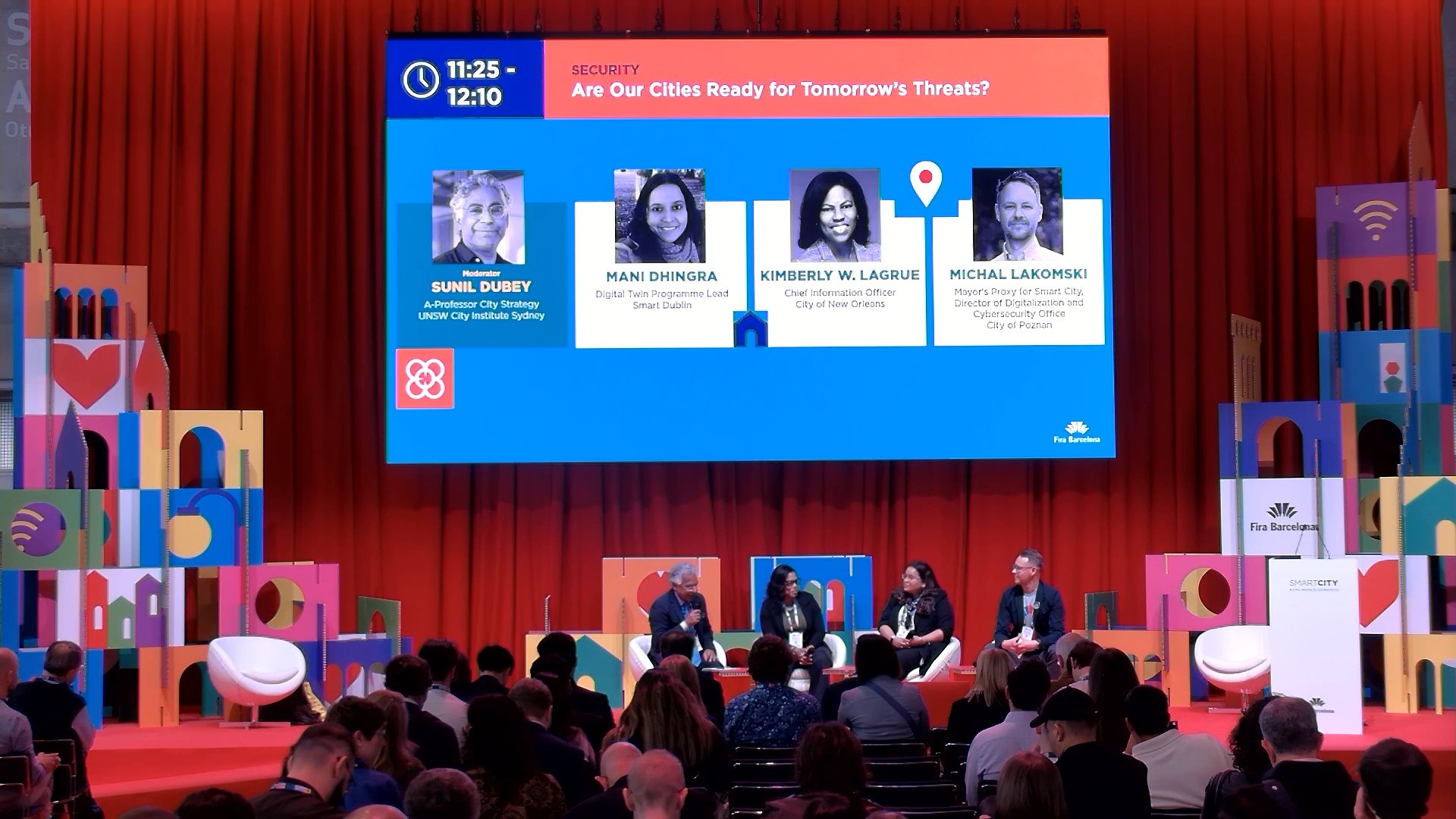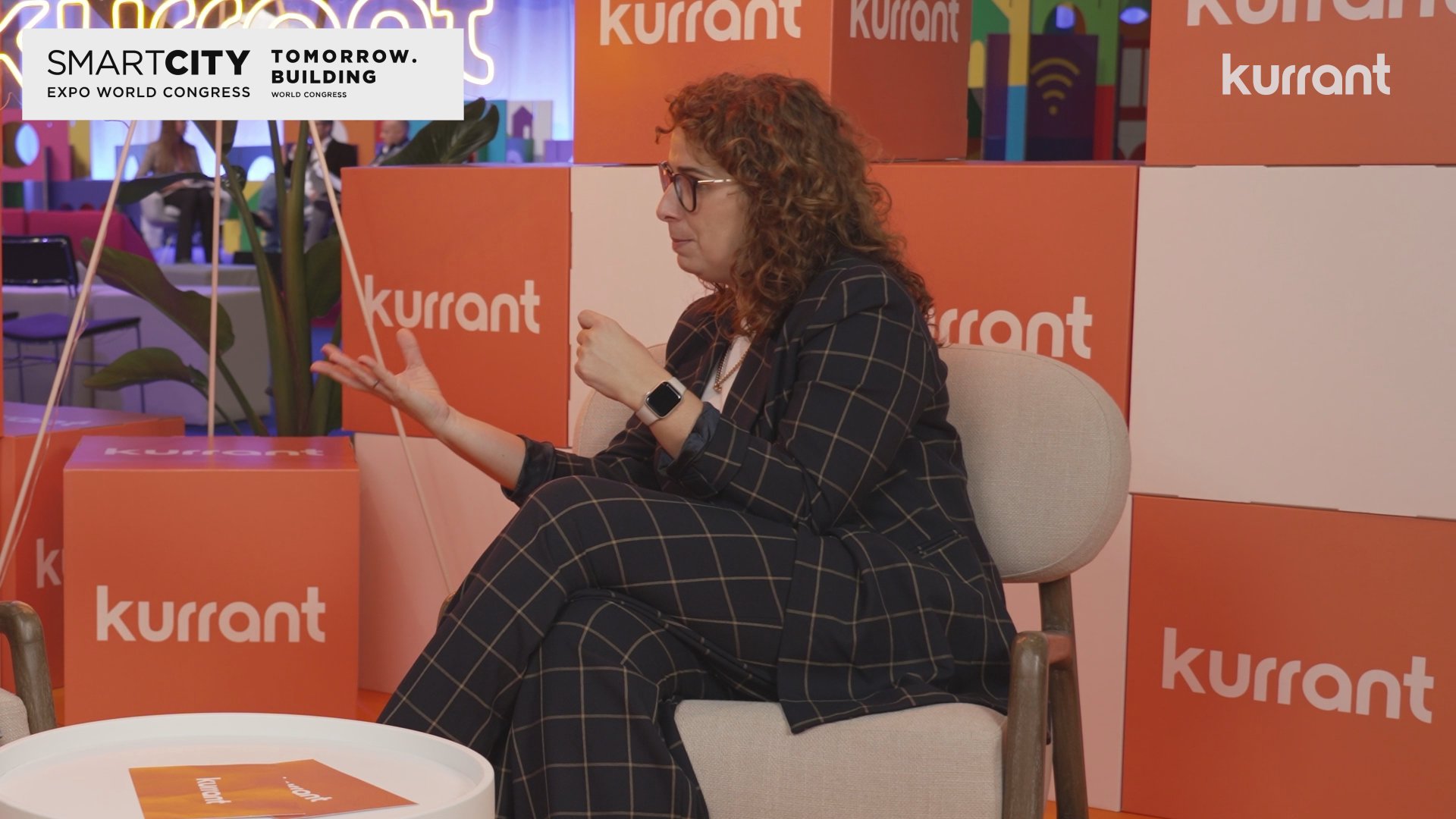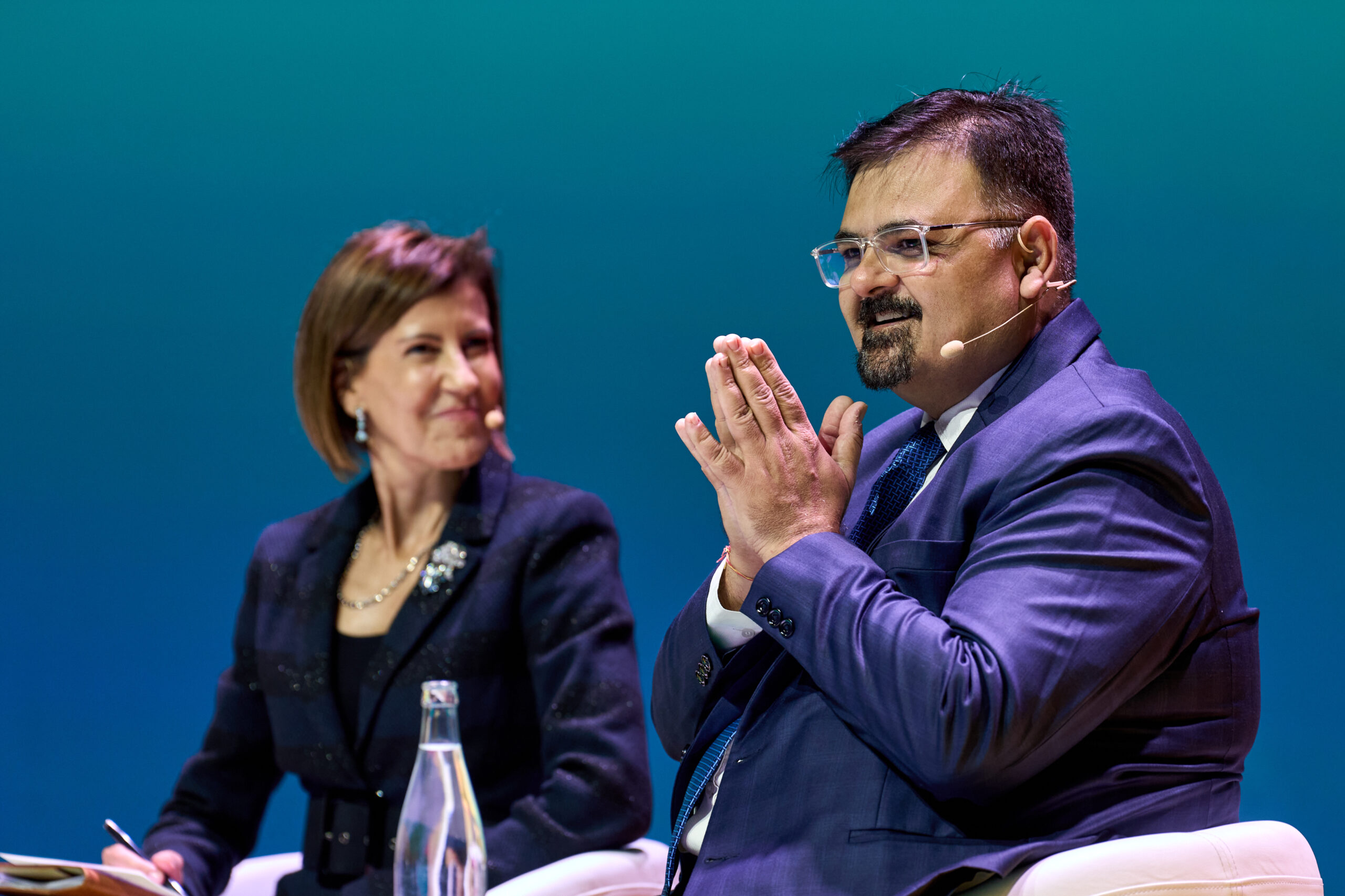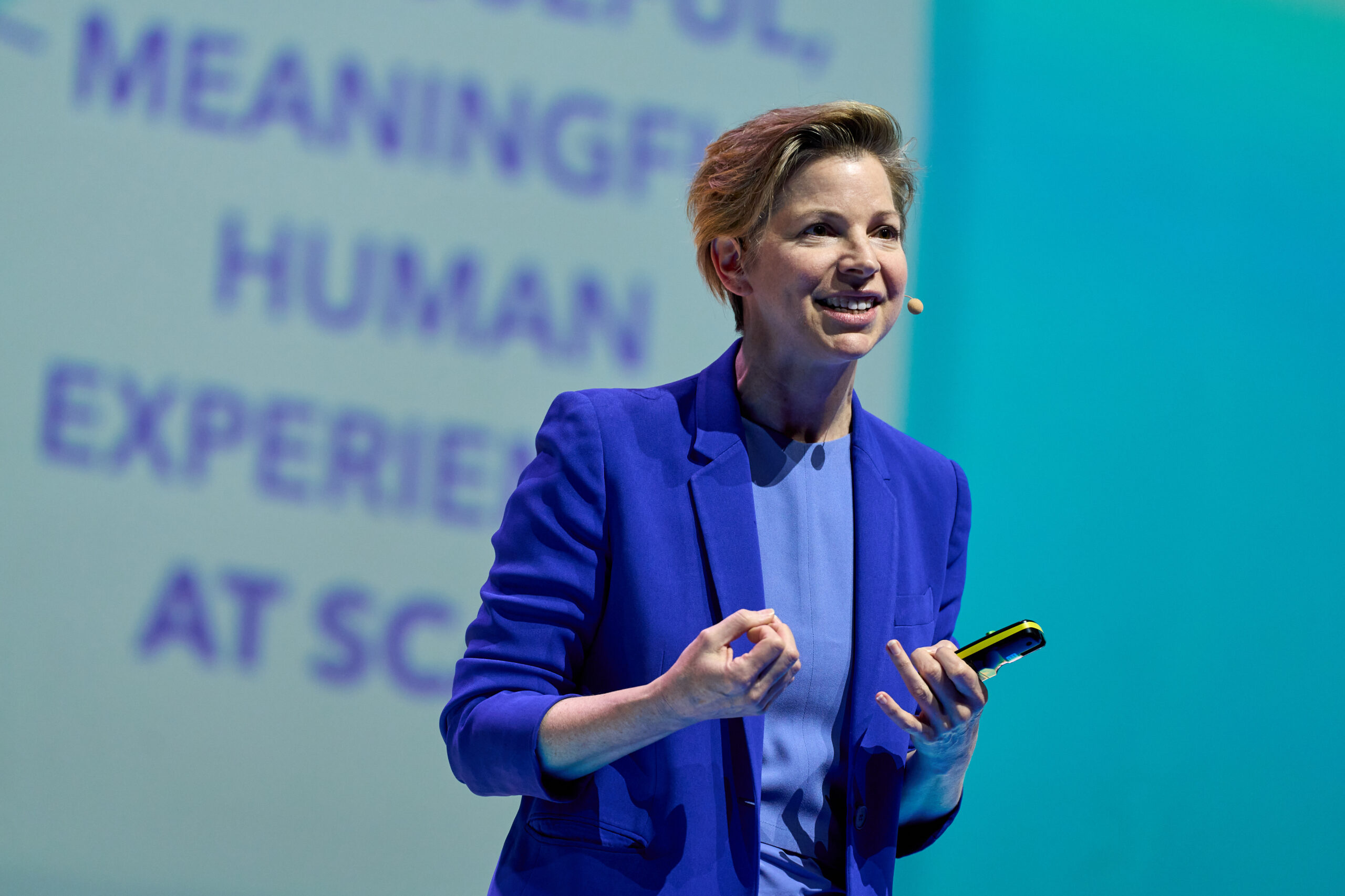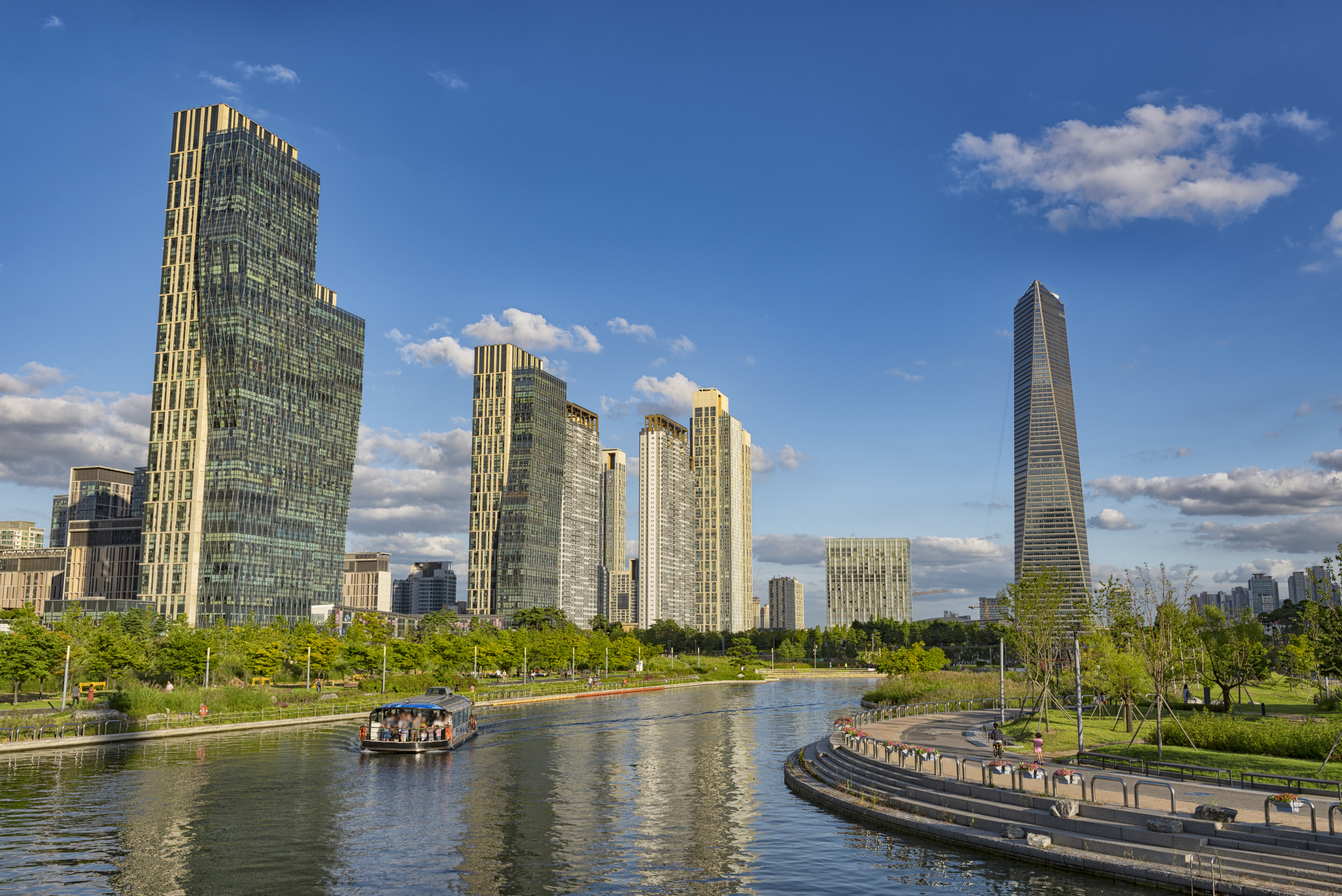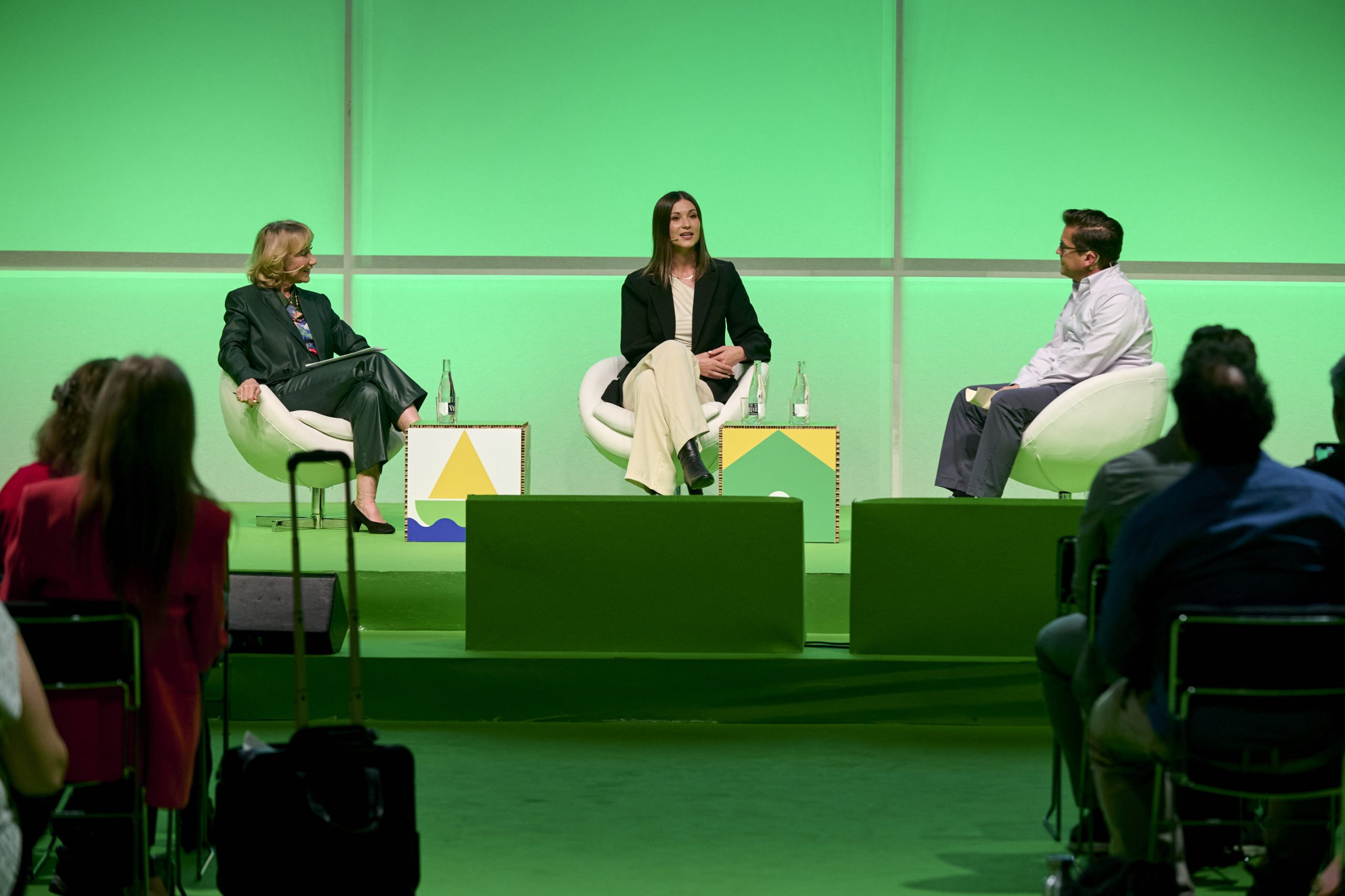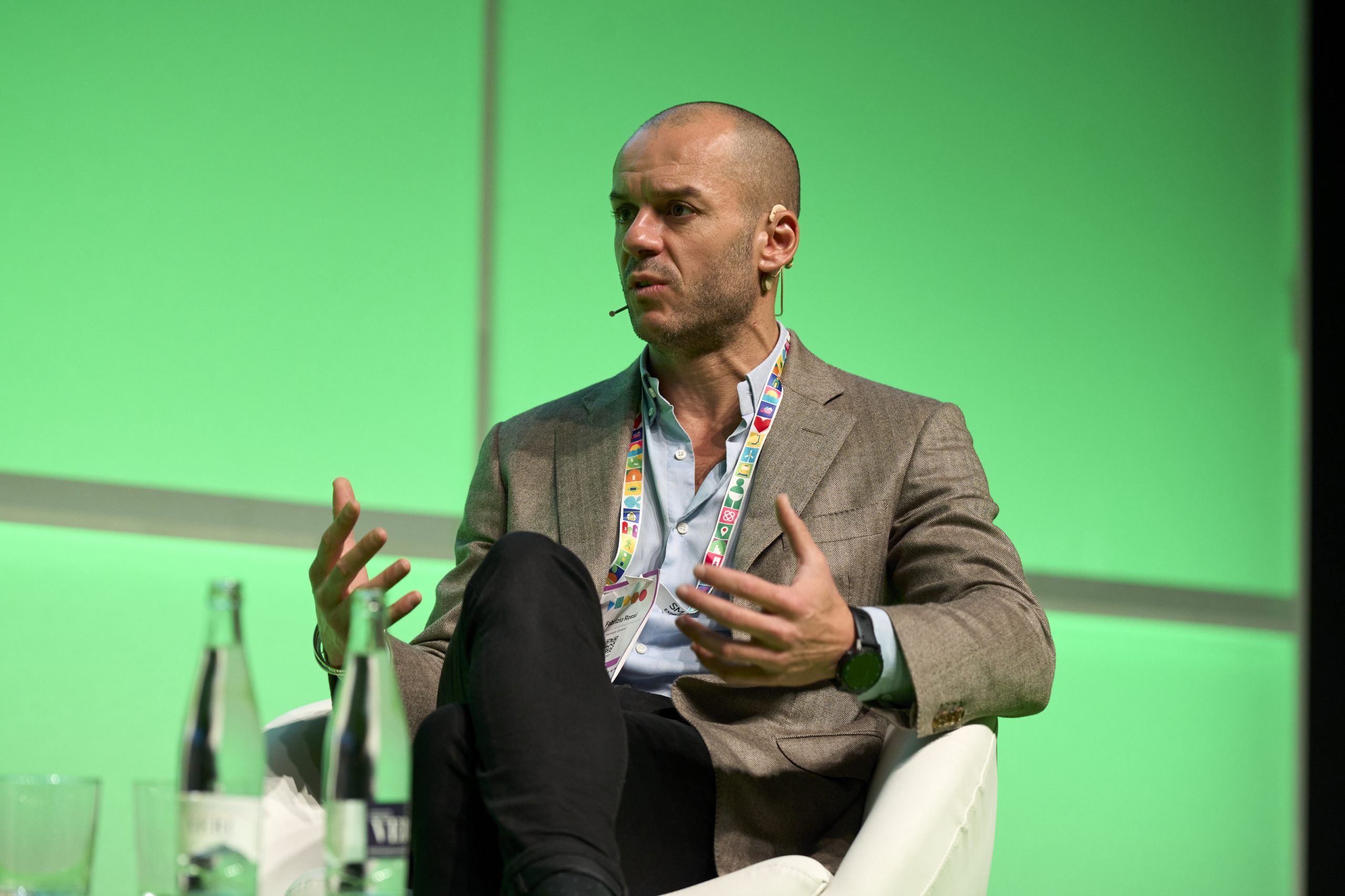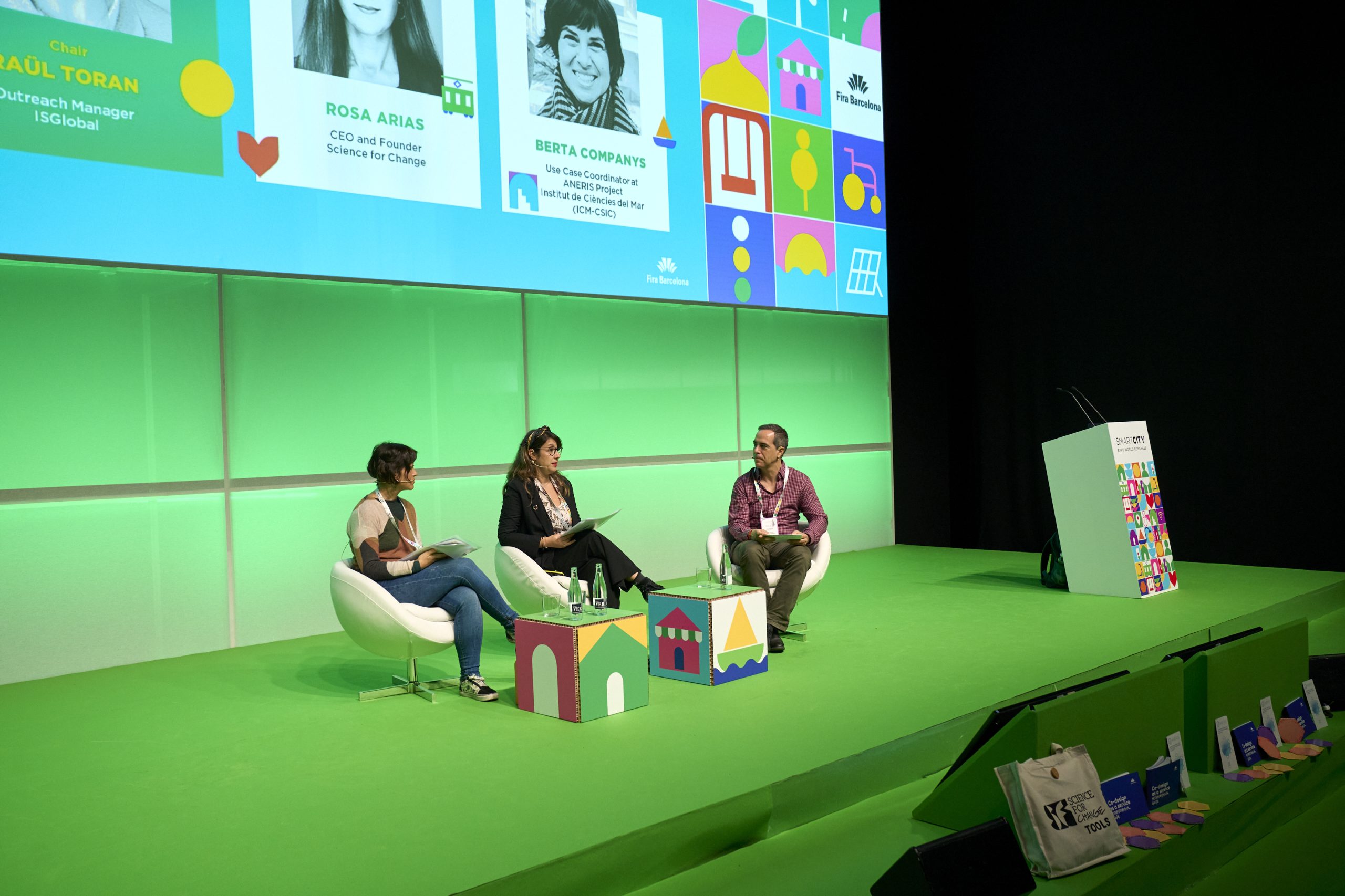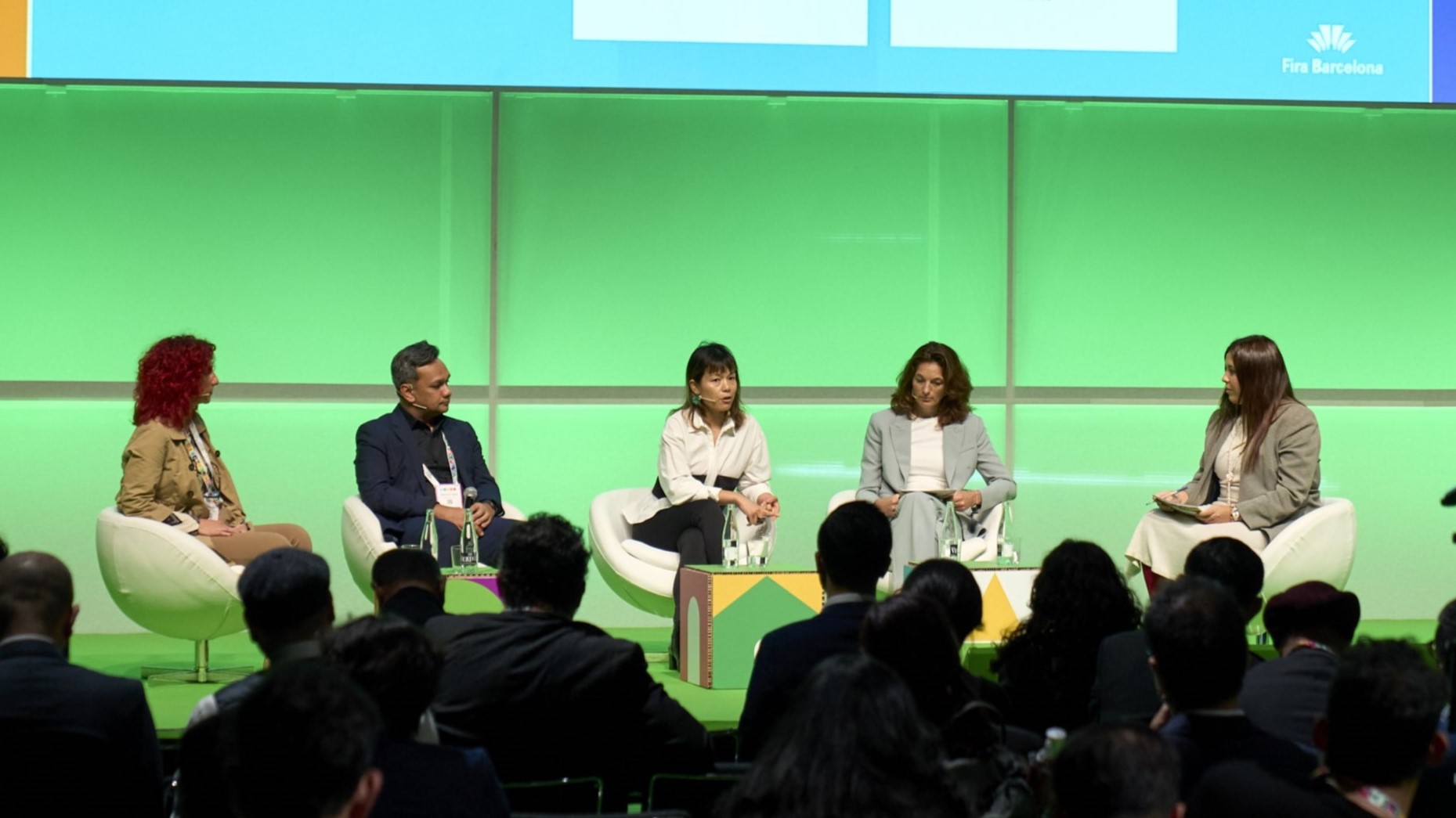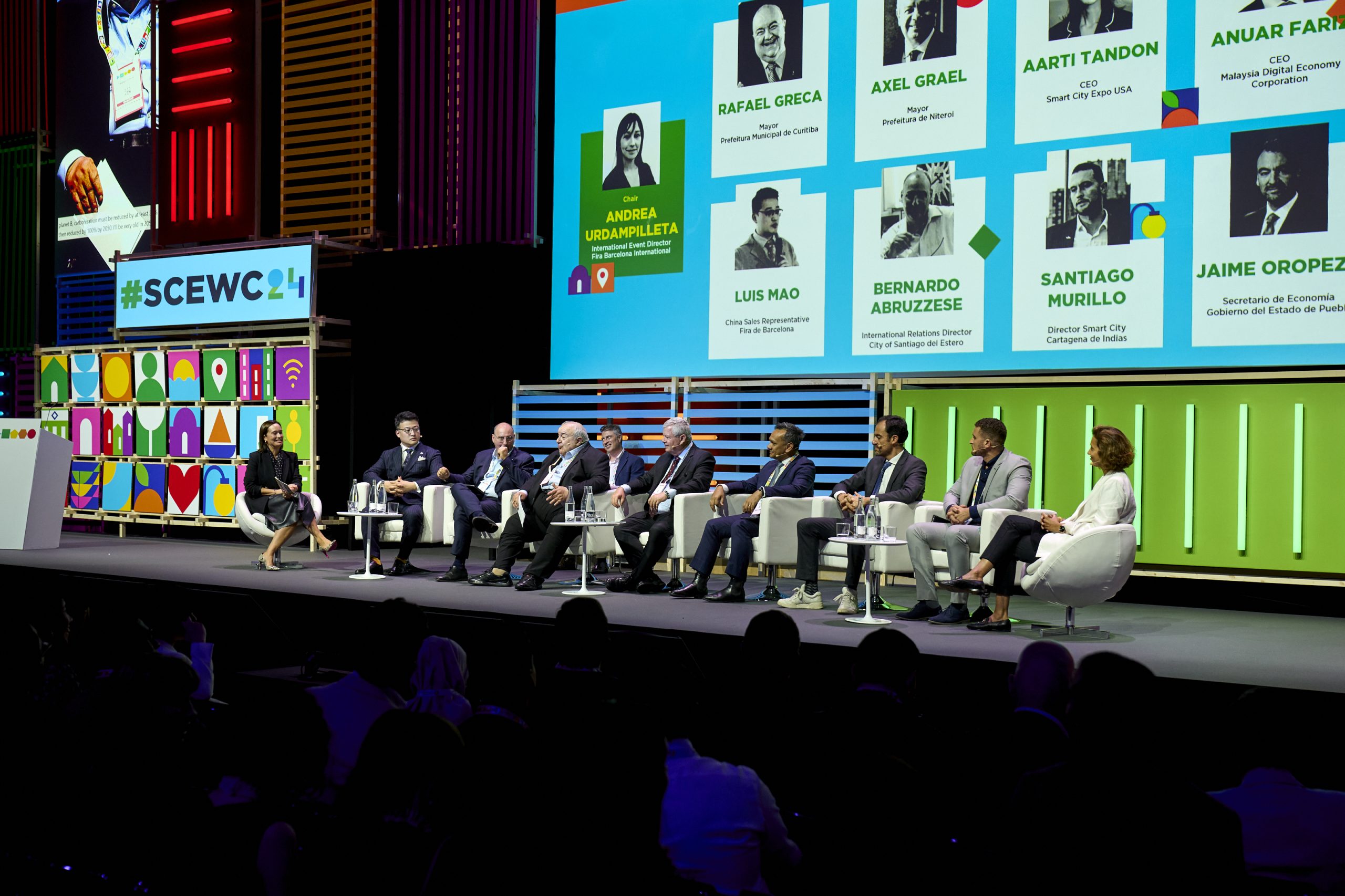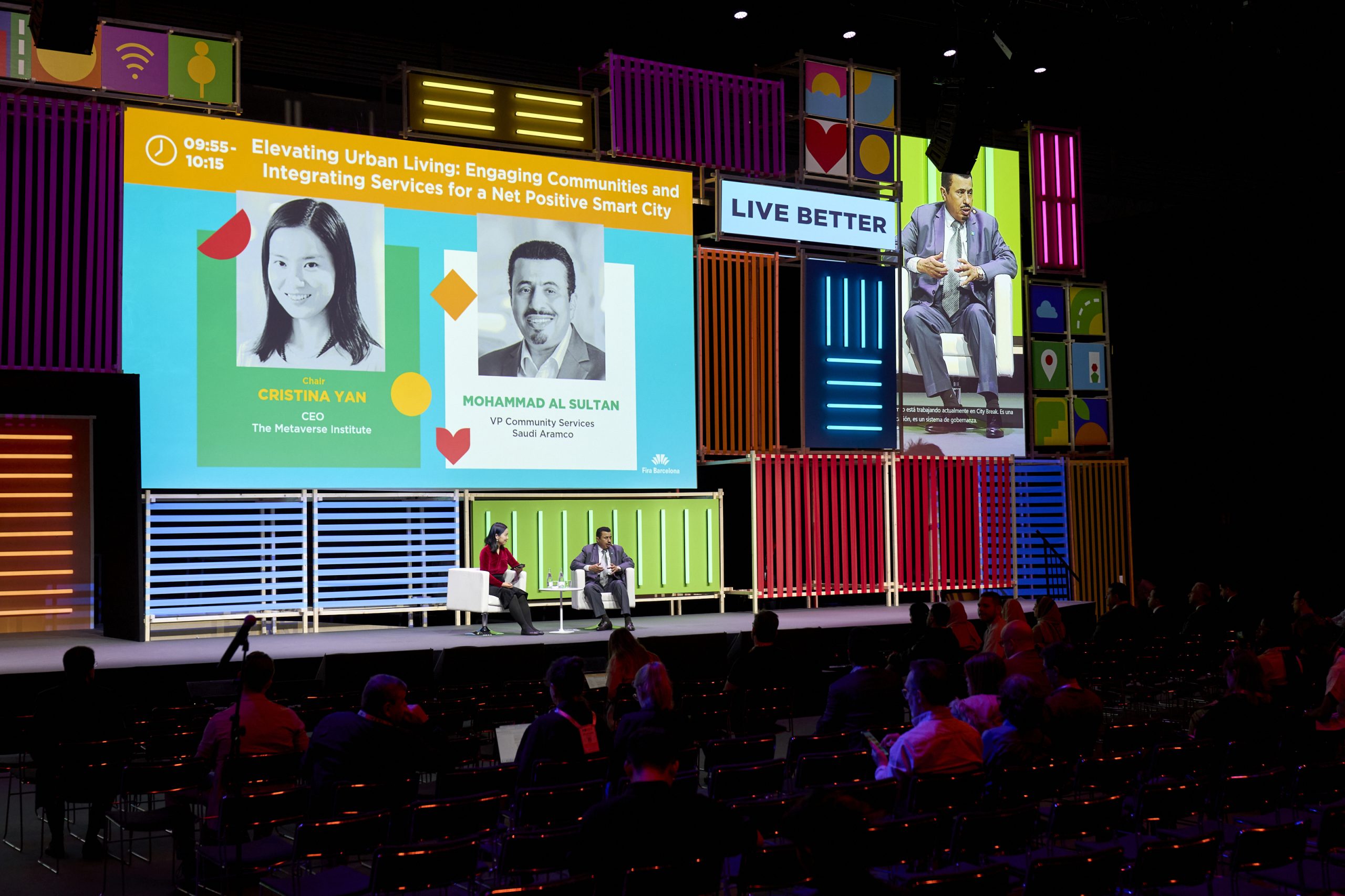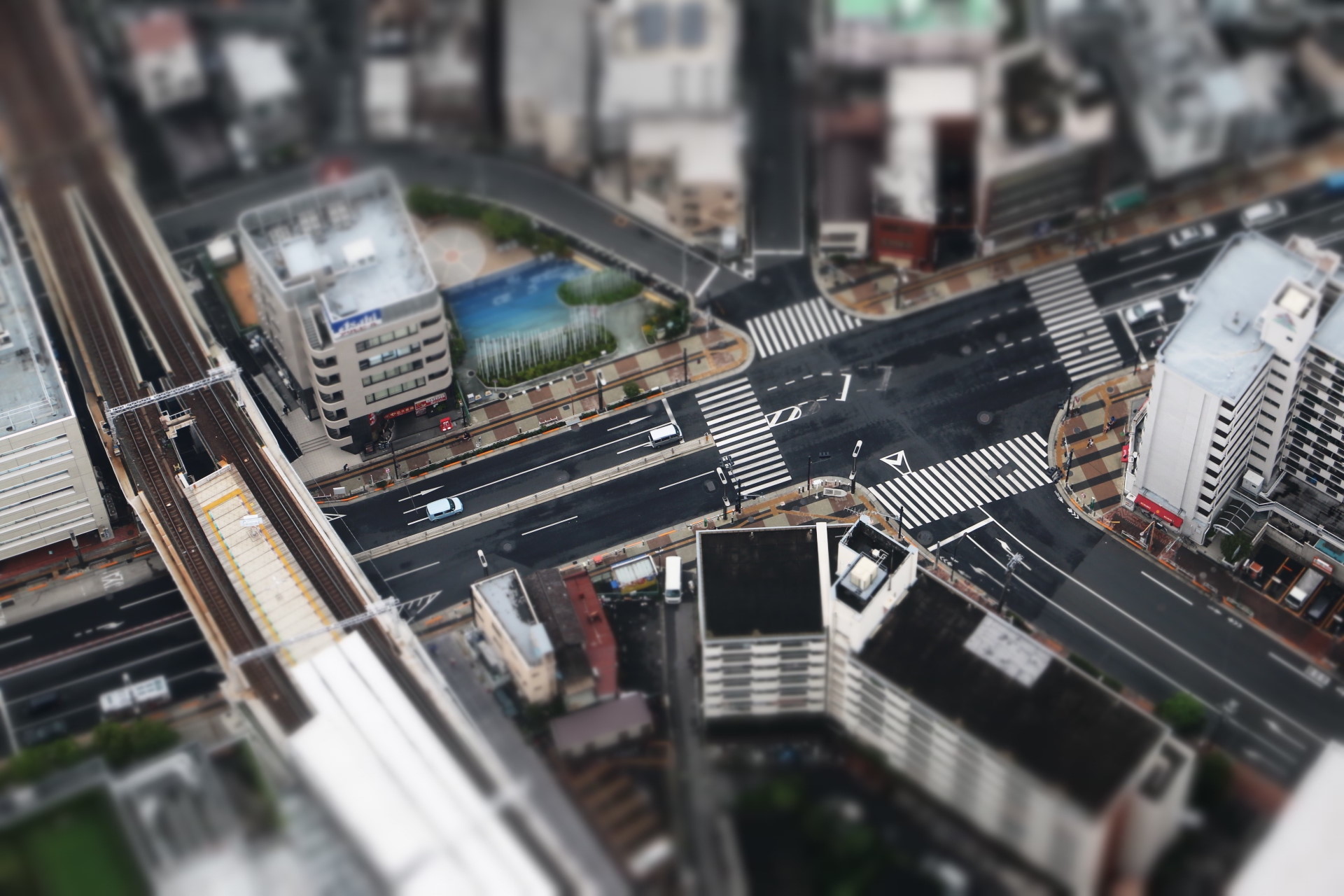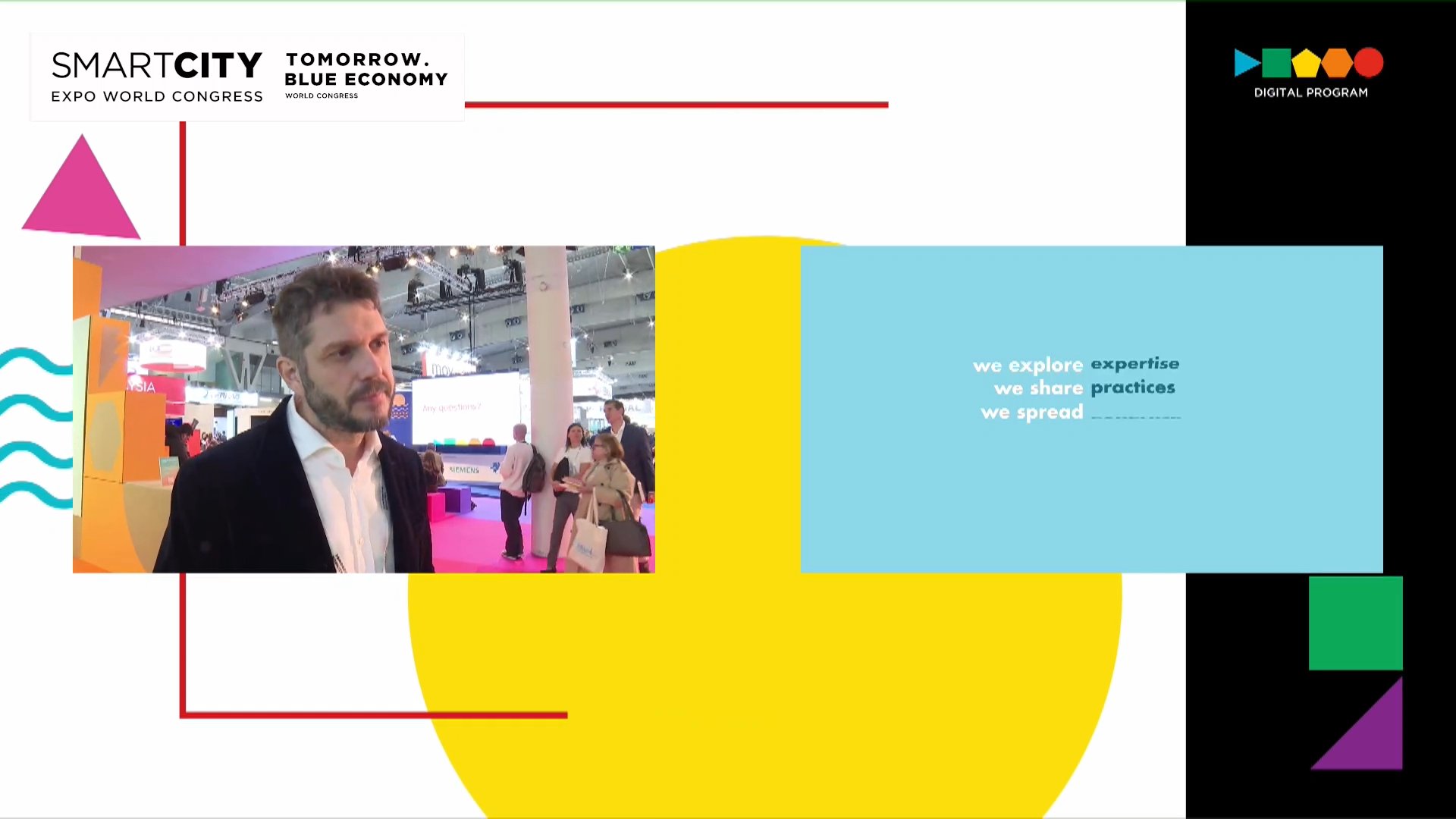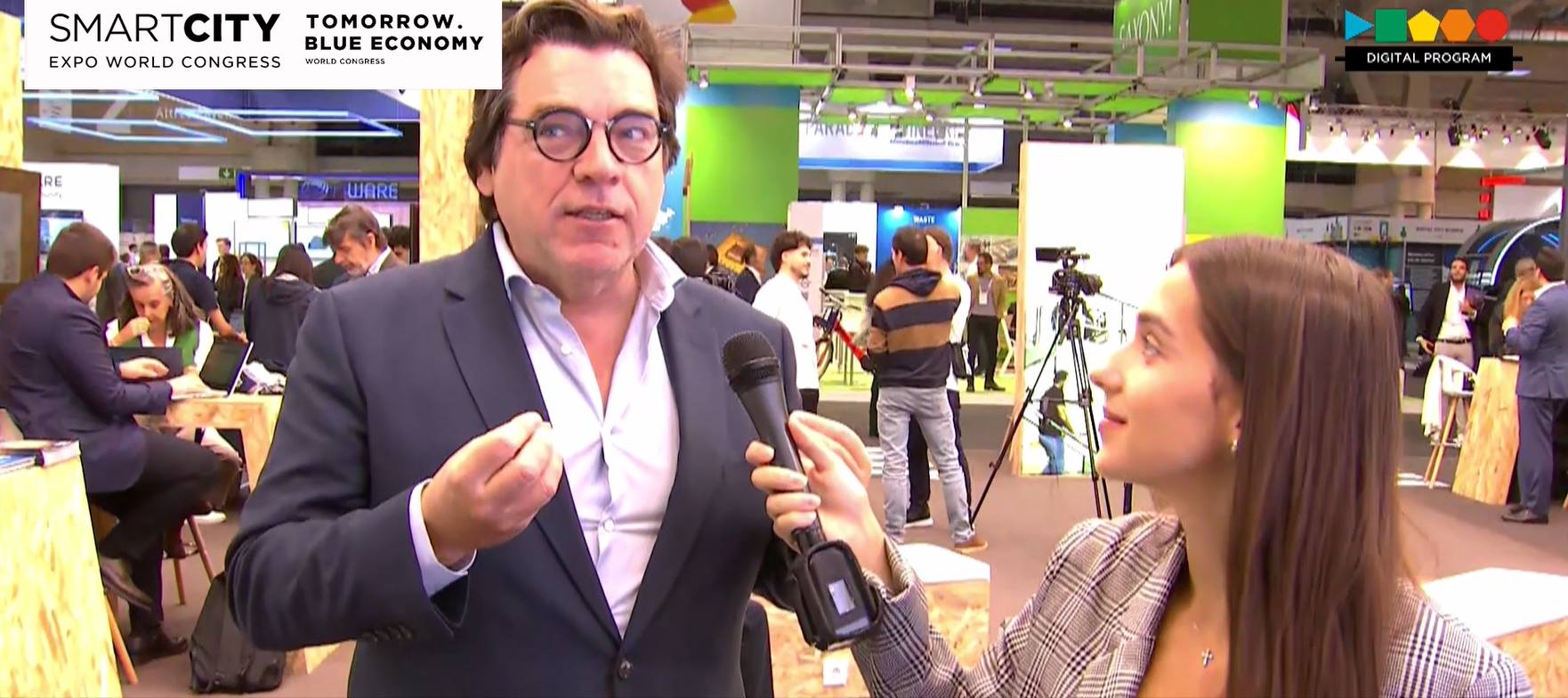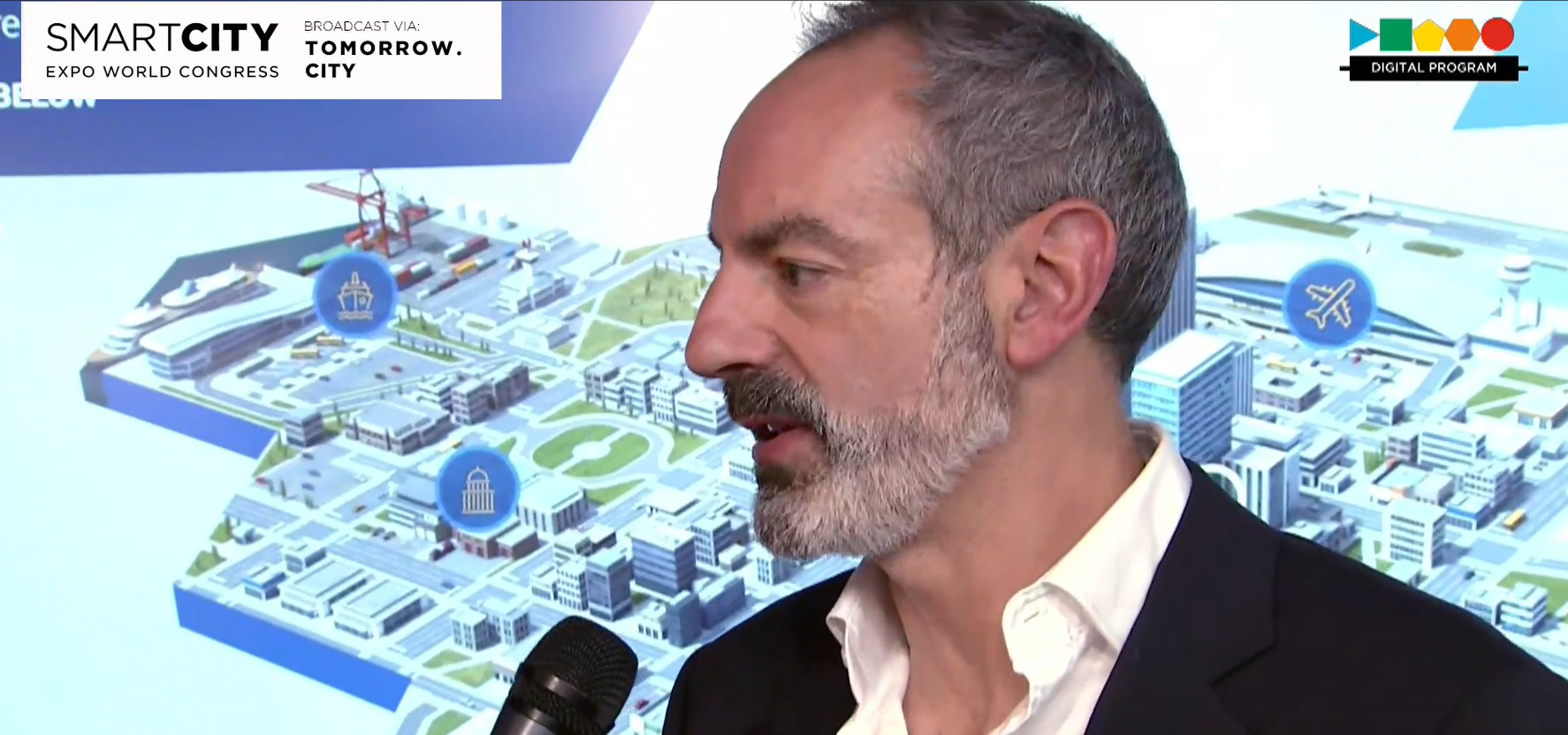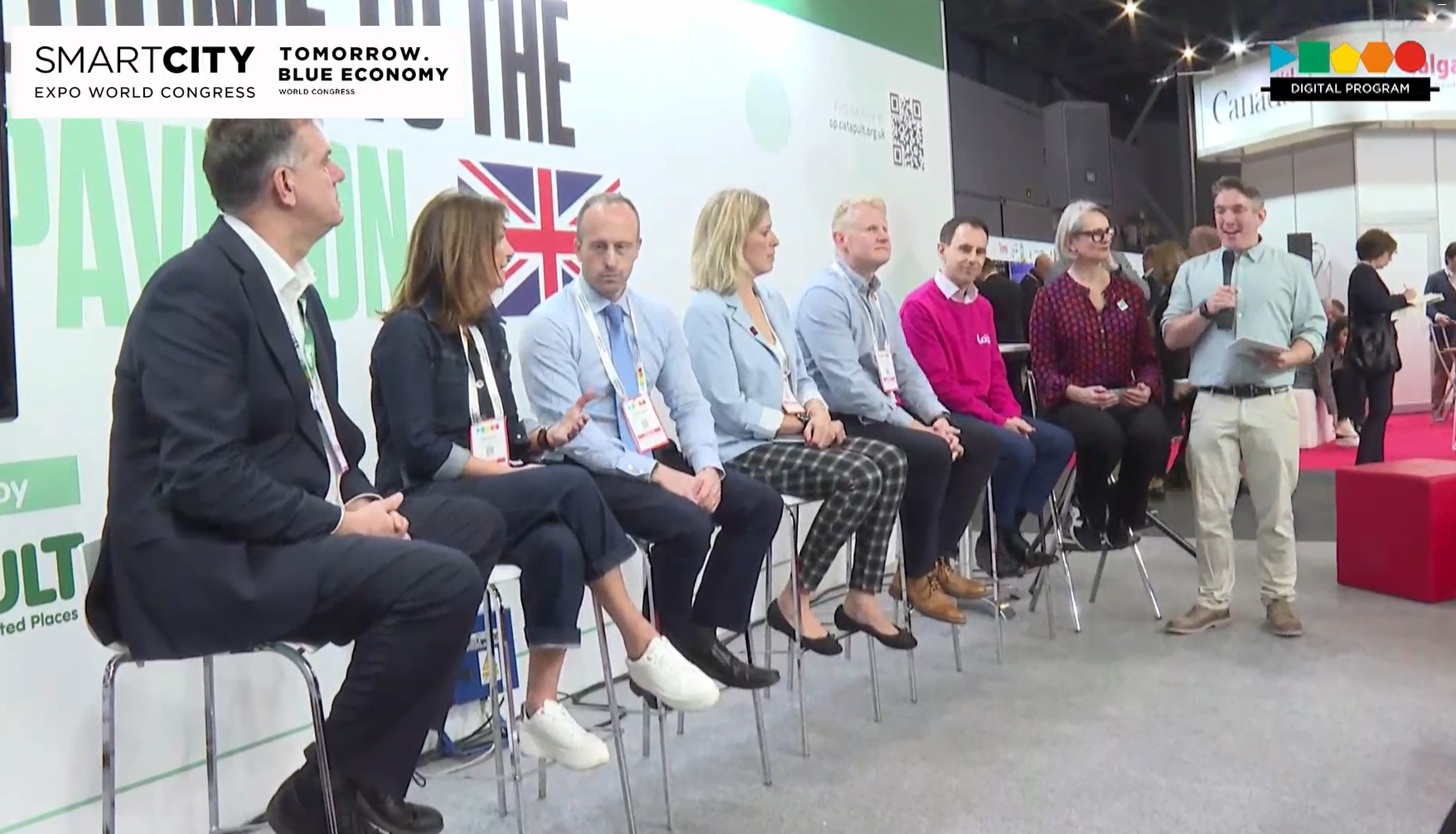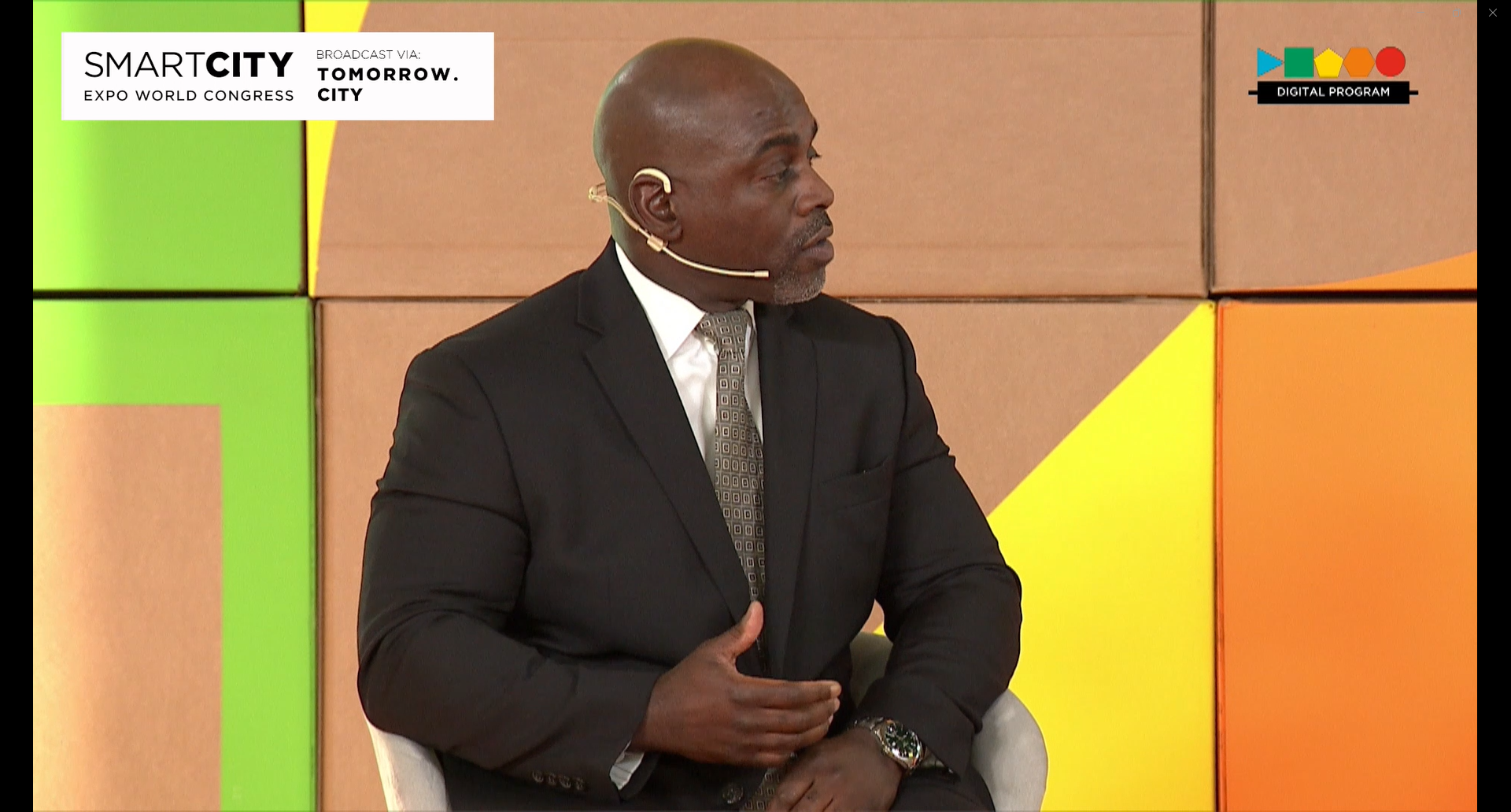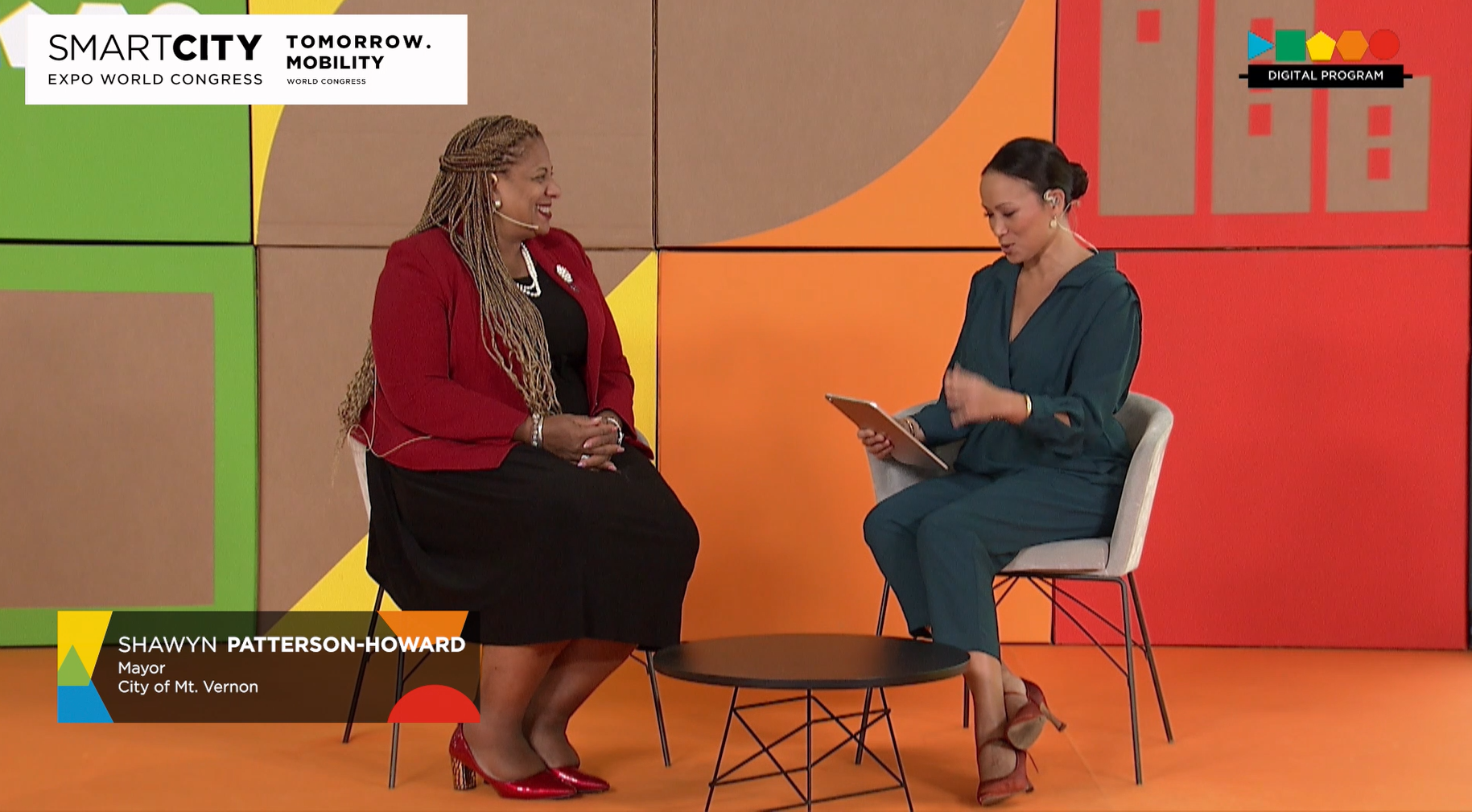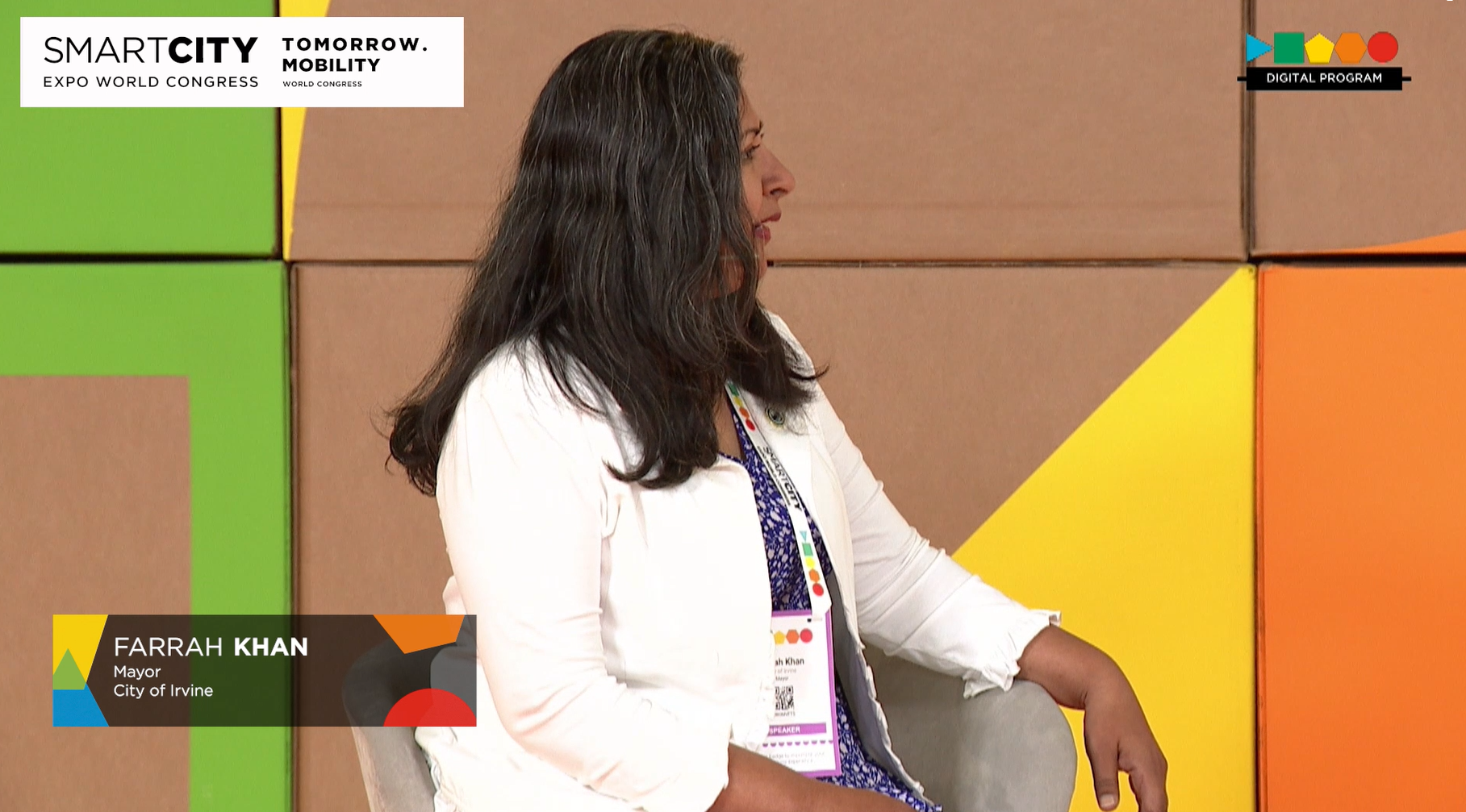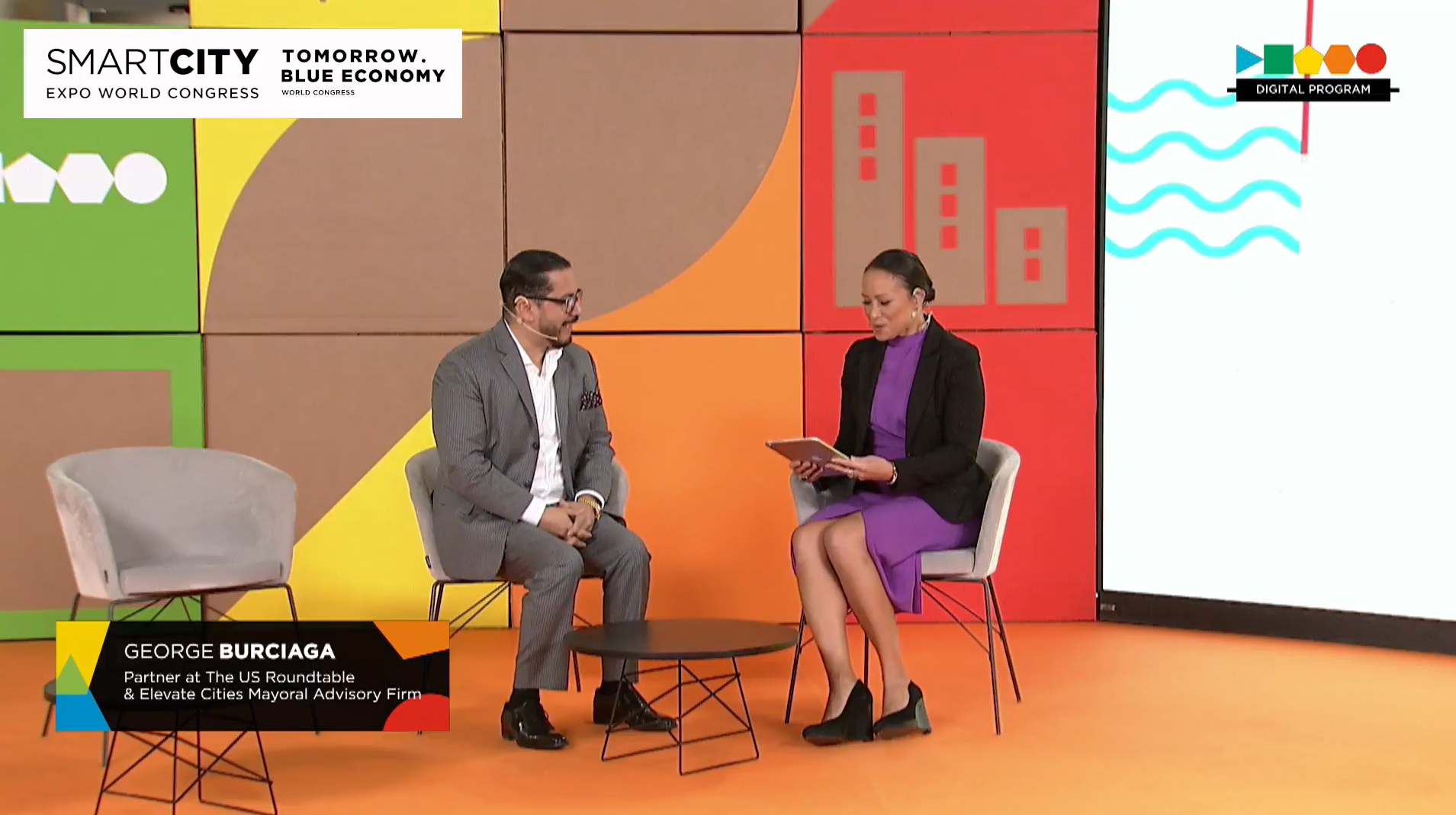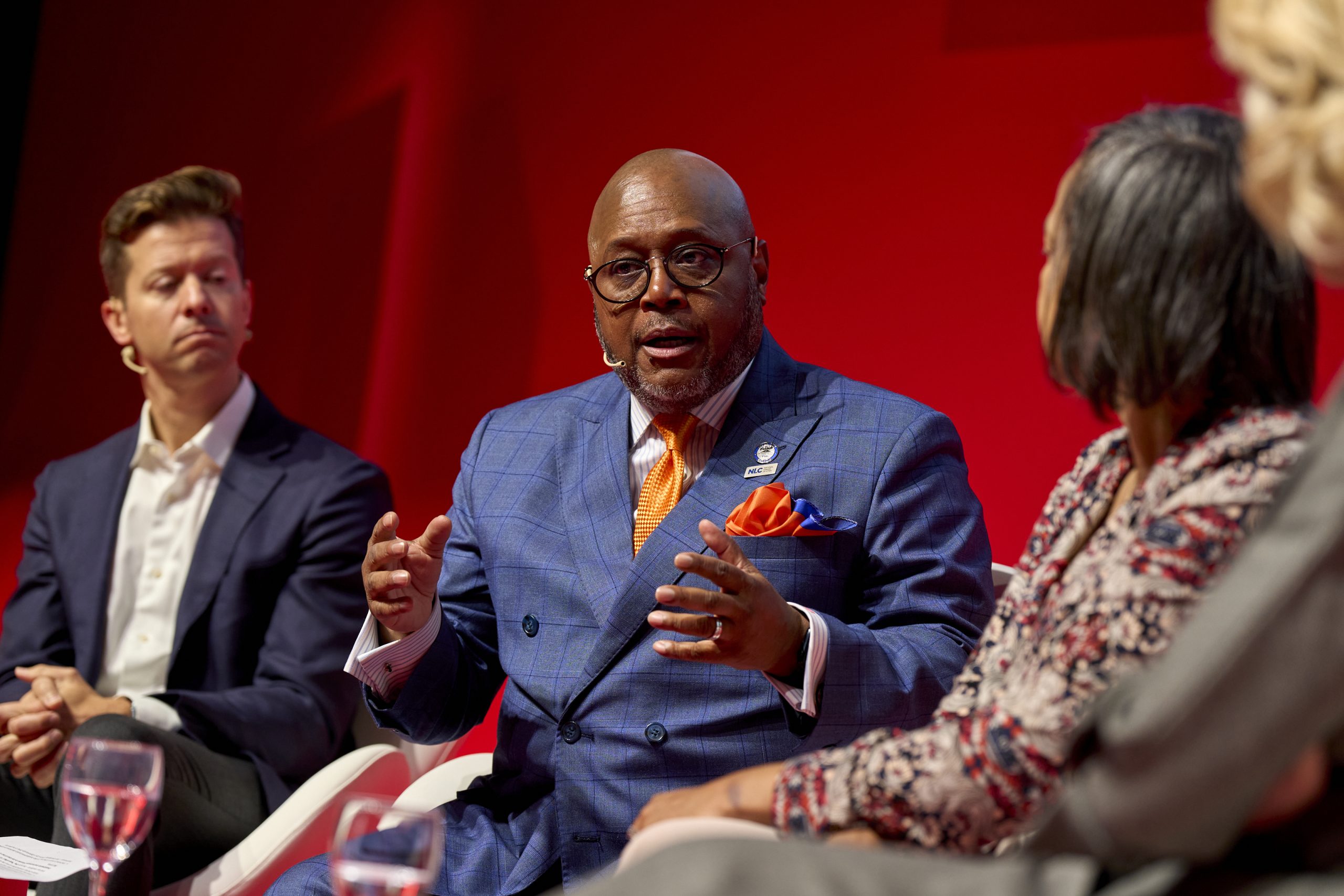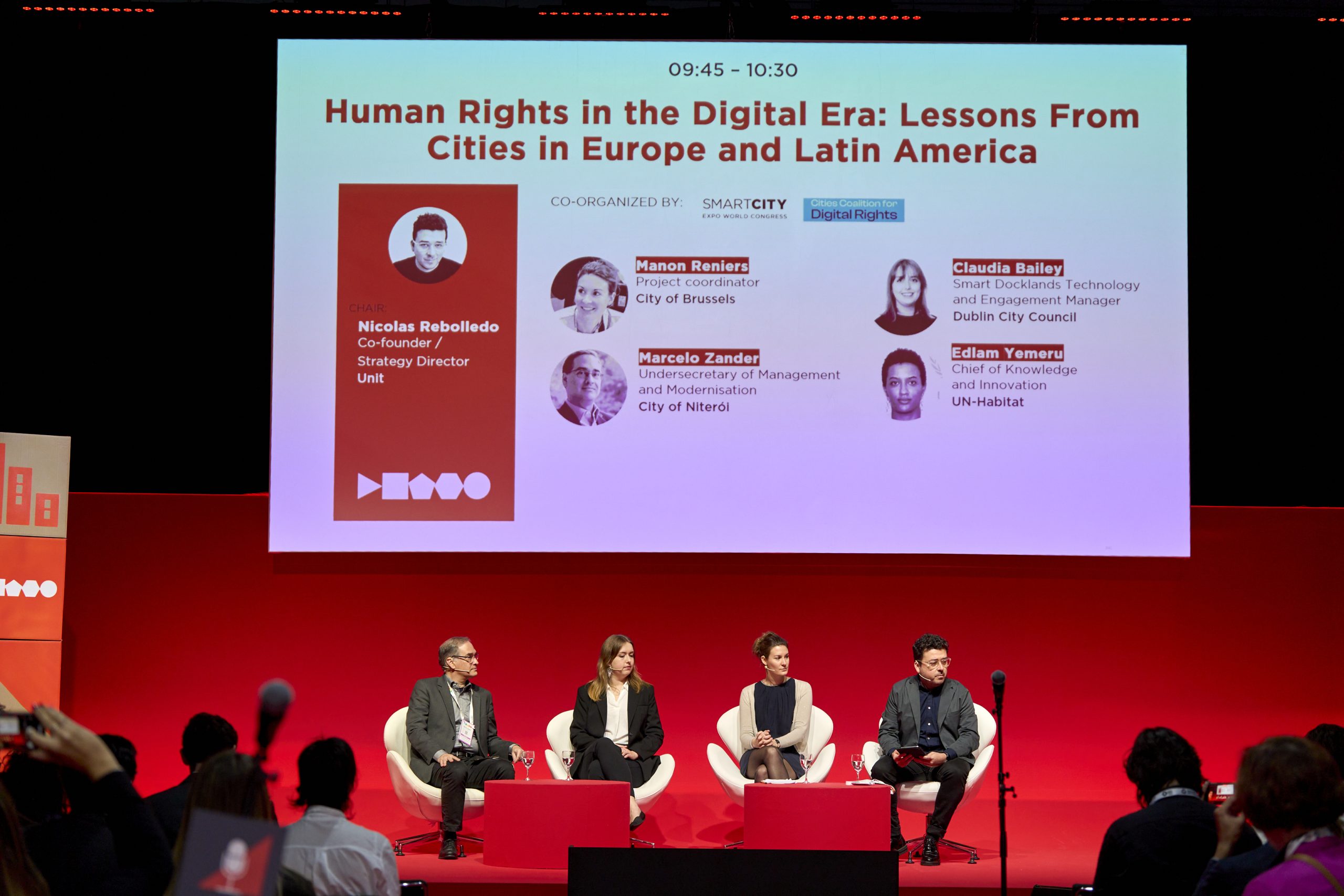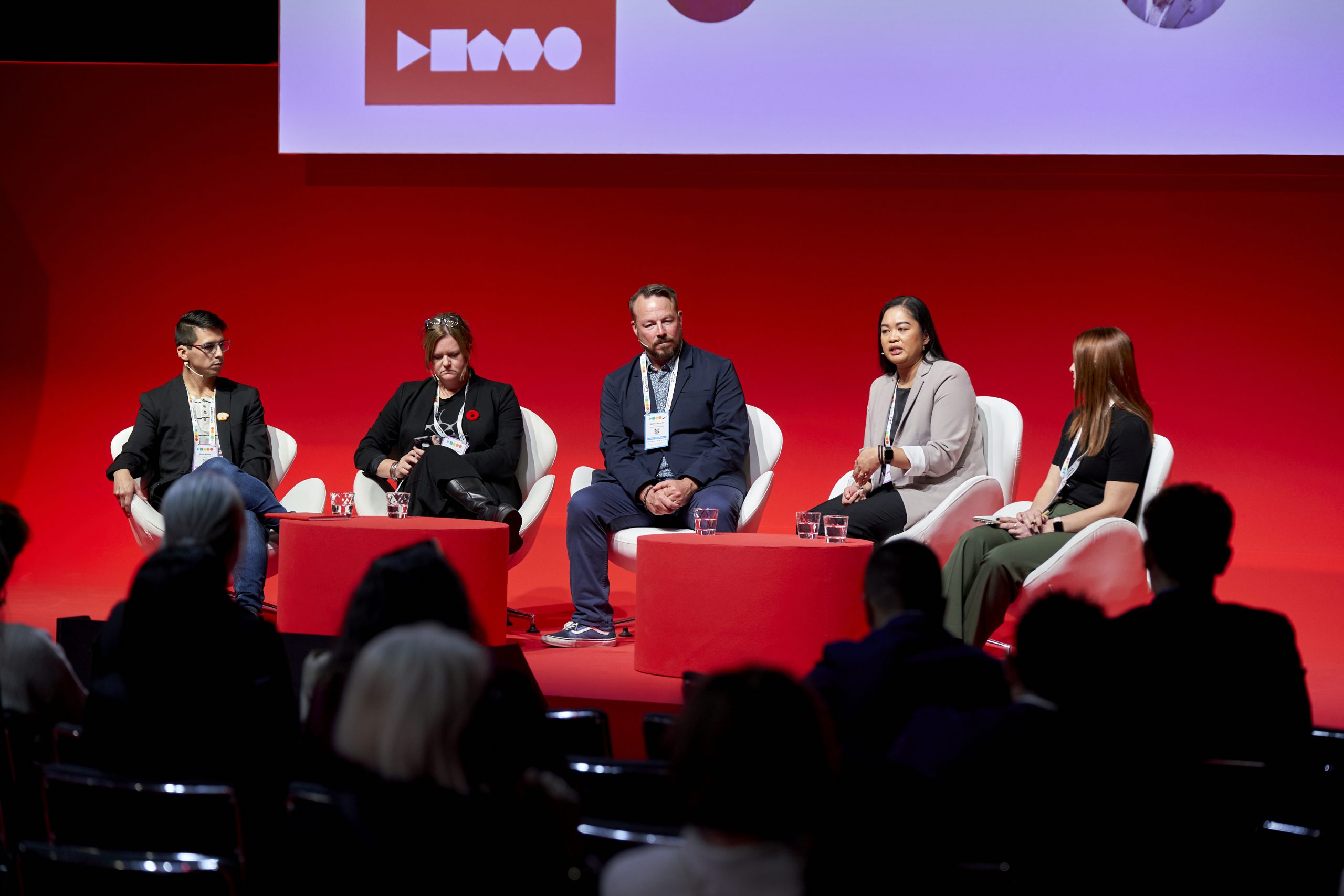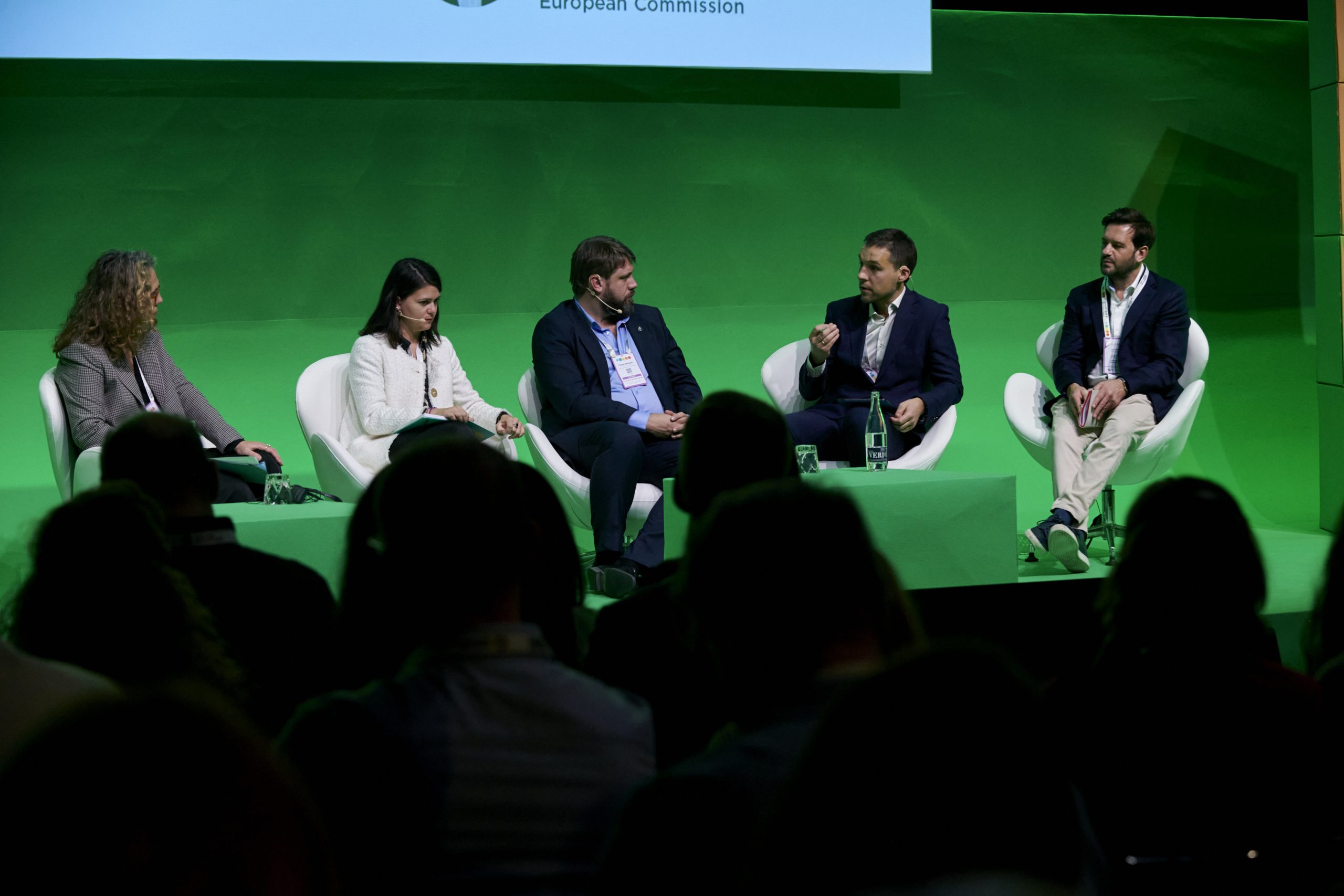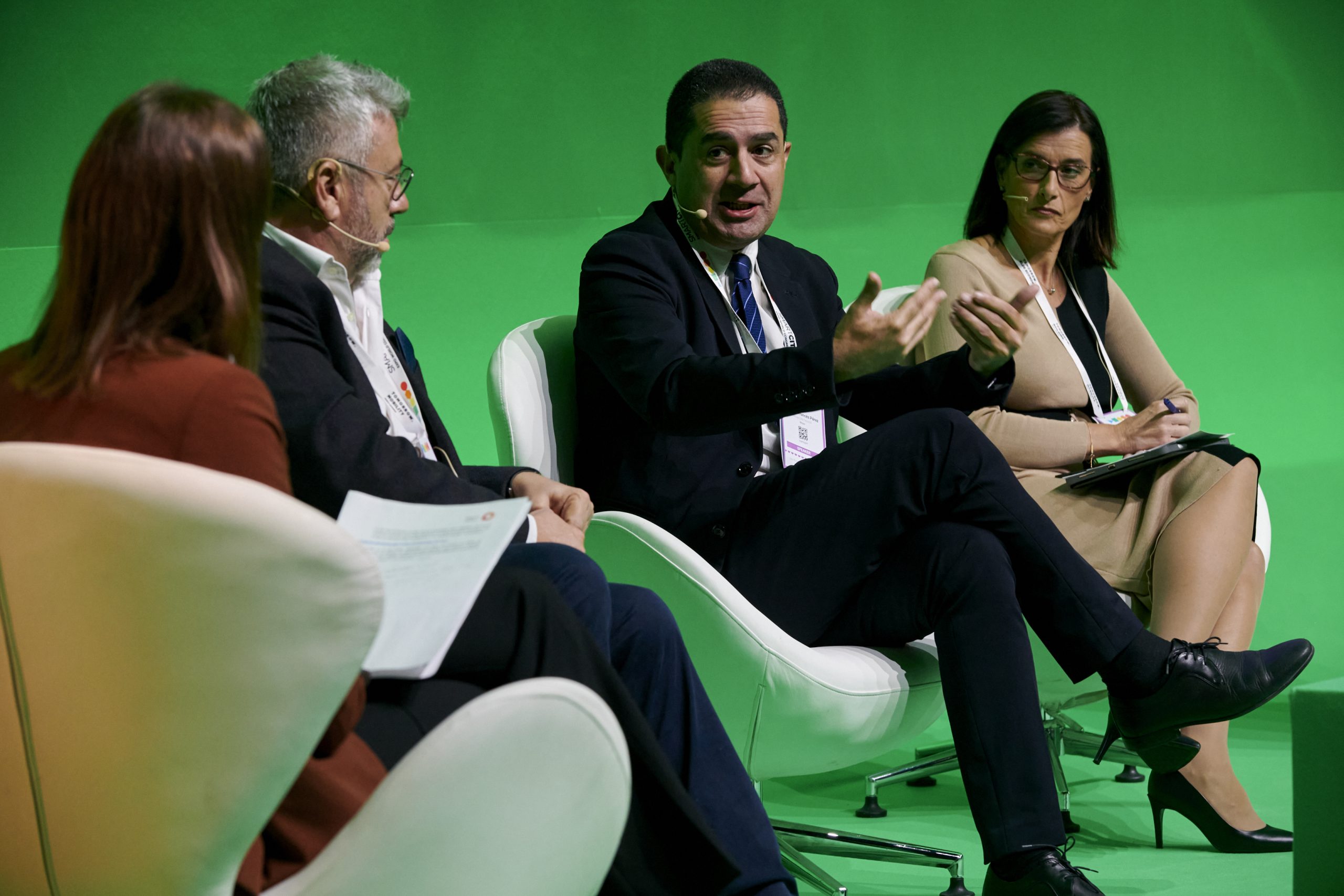Author | PROF. JOSE A. ONDIVIELA. Author of the WorldWide Observatory for Attractive Cities — DOWNLOAD HERE
The pandemic has changed the concepts of sustainability derived from the United Nations Sustainable Development Goals applicable to cities. In the West, we have gone from associating sustainability exclusively with the environment, to reconsider the other two fundamental components: economic and social sustainability. The pandemic has accelerated the use of technology and has put it on value. It has also changed our habits regarding work, social behaviors, and consumption. Let us briefly study which areas have significantly changed the most.
1. Sustainable and green city
Post-Covid cities face the challenge of sustainability with the aim of the European Green Deal and parallel initiatives across the world (like California’s AB32 Global Warming Solutions Act, UK Climate Change Act, and others). Cities are the fundamental pillar to combat climate change. Every modern city sets itself the objectives of Carbon Neutral and Circular City. The economic recovery will be slower or faster, depending on the good analysis and prioritization in the use of recovery funds. But whatever its speed, it will be green. European cities are leading, once again, this global process.
In this sense, the initiative 100 Carbon Neutral cities by 2030 of the European Union is framed. Copenhagen leads urban initiatives with the goal of being Carbon Neutral by 2025. Furthermore, Copenhagen sets this goal not only for city operations, but also for emissions from all citizens, becoming the first world capital to pursue this status. Other European cities mark 2030 as the final destination of their Carbon neutral initiatives within the global European Green Deal framework for 2050.
2. New Urban Mobility
Urban mobility is one of the most dynamic, fast changing, citizens appreciated by concepts and the one that faces the greatest challenges. It must combine: an economic sustainable and emission-free service, with a reduction in capacity due to distance restrictions, with the psychological effect that pushes citizens to use individual means of transport (we are experiencing a back to heavy traffic), together with the appearance of new individual vehicles and flying machines. Also, new shared mobility services are offered. Clearly, Urban Mobility tends to consolidate a service model offered by more or less autonomous and shared electric vehicles. Cities re-evaluate their spaces to reduce areas for cars and win social spaces for citizens. In this rethinking, the construction of new lanes for individual electric vehicles such as bicycles or scooters prevails.
I want to show my surprise at what I call the Theory of Four: if an alien visited our planet, it would conclude that we adore those four-wheeled machines called automobiles. We dedicate 40% of our urban space to them, 40% of the energy we use, for a use that barely reaches 4%. There is no other good that depreciates so quickly: when leaving the dealership our vehicle is worth 27% less, on average. It seems clear that the owned vehicle model is going to become obsolete due to the concept of mobility as a shared service. Large manufacturers face the challenge of offering mobility as a service and maintaining a huge fleet of vehicles that must respond quickly and flexibly to the demands of citizens: small vehicle to go to work, large family vehicle for weekend, sports vehicles for celebrations.
And all of it stored no one knows where, but ready at the user’s door when he demands it. A Renault manager pointed to this concept applied to the Paris metropolitan area: it is physically impossible to store more than 1 million cars around, ready to be used on the weekend, and hire a legion of operators who park them near users on Friday and pick them up after Sunday… but consumer demands always rules.

3. Accelerated technological adoption
The pandemic has taught us the value of technology to allow us to continue our work and economic activity. In addition, it has been essential for the development of vaccines and the rapid communication of risks, minimizing the impact of the pandemic. Our cities have learned to telework using technology. They have been able to maintain good quality public service, and have been able to make the necessary decisions in a completely new and changing environment. After responding to the initial challenge, cities use technology to try to predict new service demands, prioritize investments based on the impact of the pandemic, and incentivize economic recovery.
Simulation tools are added to the predictive models. In this sense, Digital Twin systems allow simulating the different alternatives to solve an urban challenge associated with physical elements, such as traffic, pollution, energy supplies, security, urban development, intelligent building management, among others. In this way, the use of artificial intelligence to develop a 3D virtual model of the city that allows us, in real time, to understand its situation and carry out future simulations on the possible measures to be implemented, represents an enormous advance in the improvement of the quality of urban life, since it allows testing the possible alternatives without having to disturb the neighbors with works and expensive physical movements in the city.
4. The new city in 3 distances
We observe the city with different approaches according to its function, its role in the global urban ecosystem, and its capacity to serve the citizen. In this sense, the efficiency of public transport determines the real size of the city. In this way, if we consider 90 minutes as the maximum commuting time that a citizen is able to invest to access his job (it is the average time in the city with the worst traffic in the world: Los Angeles, USA), we conclude that all reachable area in less than 90 minutes by public transport should be associated with the same metropolis. This is the actual psychological size of a city.
In this way, Madrid is assimilated to the Community of Madrid (Region) and more, Paris is associated with Ille-de-France, we observe Big London occupying the entire southeastern quarter of England, we could assimilate the Benelux to the same single large metropolis, etc. This concept of metropolis enables cities to become hubs of international influence in the global competition for talent. In a context of peace and economic stability, cities compete to retain and attract talented citizens. At the beginning of the fourth industrial revolution, cities interact and play this competition internationally, within their blocs / civilizations and above the countries in which they are located.
If we zoom in detail, we find the concept of the 15 minutes city. This concept, developed by Professor Carlos Moreno for the city of Paris, aims at the generation of Villa-cities where citizens can find 95% of the things they need, including their work, at a distance of less than 15 minutes using public transport or micro electric vehicles. From the very well-connected grouping of villas you get the metropolis. In this way, the concept of suburb, ghetto is avoided, and social inequalities are fought. Each Villa must have minimum standards of quality of life and services.
Zooming in once again we focus on the concept of district, and within the district we talk about the 1 minute city. This concept, proposed by the city of Stockholm, tries to encourage the development of areas of social interaction within the districts at very short, walkable distances. It is about building social spaces for the elderly, children, parking and charging of micro electric vehicles and other social functions all within our district. Also associated with this concept of proximity urban development we can find the concept of Superblock. Initiated in Barcelona, a superblock is a grouping of blocks where traffic is only allowed on its perimeter. Inside, we develop elements of social coexistence such as boulevards, benches, tree-lined elements, etc., allowing only the superblock inhabitants domestic traffic and the provision of merchandise. These superblocks are already being tested in various cities such as Barcelona, Ghent, and there is an ambitious plan for Madrid and many more.
5. Local versus Online Commerce
The enormous boom in online commerce during the pandemic has highlighted the fragility of the local retail and commerce system in cities. All cities are considering the recovery of the thousands of neighborhood businesses that have disappeared. It is clear that in order to compete with the great monsters of online commerce, they need to take advantage of technology to also offer their products online, but taking advantage of their proximity and the quality of local and fresh products. Likewise, cities must regulate the intense merchandise traffic and the abuse in the use of packaging waste generated by large online commerce companies. There is also a preference for the local over the international standard product. In any case, the impact on business closure is tremendous.
It is worth noting the effort of many cities to facilitate the work and operation of small local businesses. Initiatives such as providing free parking for buyers (Albuquerque, New Mexico), promoting the development of cooperative electronic commerce tools, or the most advanced ones, such as in Barcelona, where the City Council invests directly in adding innovation and intelligence within local businesses to make them more competitive. These initiatives demonstrate the big effort that cities are making to save this sector of their economy. In parallel, cities are moving towards a Cashless models, that is, the elimination of conventional coins and bills to go to a model totally based on electronic transactions. This model helps to combat tax fraud since all transactions are traceable and should generate the corresponding taxes avoiding the black market.
6. Hybrid Work Model

The new post-pandemic work model is hybrid. Possible teleworking for public officials is estimated between 30-50%. The combination of remote, cooperative work, integrated into teams, will facilitate new models of development of the public duty. New workstyle is pointed to be hybrid, remote and distributed, impacting the traditional country-capital model with thousands of civil servants to a more decentralized concept. There has been a population movement from large cities center of to the surrounding rural areas (all under same metropolitan areas). If we consider these areas inside the perimeter of 90′ commuting time, we observe that the impact of repopulation of the rural environment is very relevant in small countries or at state level. Confinement has shown that technology enables this new way of working. It allows officials to improve their work/life balance. It requires new tools to verify work performance and the achievement of objectives.
At the same time, it poses the challenge of providing public officials with the computing and communications technologies necessary to carry out their work remotely. Workers are rethinking not only how and where they work, but why, reopening the traditional “social contract” between employers and employees and rising the teleworking paradox: Most workers prefer teleworking, but ask employers a more flexible workplaces where they can better meet physically their work mates and make a more focused work. Employees plan to go office more time than managers! Definitely, the adoption of advanced hybrid teamworking technologies and all-integrated work and personal life digital tools are a must for our cities.
Security in the handling of sensitive data in public administration and privacy must be taken into account when setting up this new work environment. As a consequence, the real need for the use of offices and their capacity is reconsidered. This implies an unexpected excess of public office that can be used for other social functions. At the same time, teleworking lowers the costs associated with public service both in offices and in infrastructure, public transport, and time, while helping on the climate protection.
7. Need for additional training (ReSkilling)
The new technological tools and the need to treat public data with the exquisite care that compliance with the GDPR requires, forces us to improve technical training and administrative processes for civil servants. In parallel, cities and governments need to recruit a significant number of new qualified in the latest technologies and advanced security environments staff. This is a fundamental challenge due to the huge gap in salary that this type of professionals finds in comparison with private companies.
This is an additional challenge for public administration managers. They need to add other incentives, such as vocation for public service, or job stability so that working for the public administration has an incentive that make it attractive and comparable to working for private companies. The demand for STEM (Science, Technology, Engineering Math’s) professionals is accelerating in all settings. The public administration also urgently needs these types of professionals and must compete in the open market for their recruitment.
Additionally, cities must become large human resources departments to manage all the talent of their citizens. This management is crucial in these moments where we begin the fourth industrial revolution. The talent no longer goes where the companies are, just the other way around, the companies and therefore the prosperity that they bring, is moving closer to where the talent is. It is therefore crucial to improve the employability and skills of our citizens.
Policies that improve the general qualification of all citizens will raise their capacities and therefore improve the attractiveness of that city for investors. Due to the constant acceleration in the use of new technologies, citizens must adapt and retrain in those most in demand. It is therefore crucial to propose constant lifelong training offered by the city and by the employing entities.

8. Cybersecurity and digital rights
Cities responded immediately to the threat of the pandemic. They provided their employees with the necessary technologies to be able to telework and maintain active continuum in service. In most cases, this sudden incorporation of new technologies did not have an associated security project in parallel. The impact of ransomware attacks on local administration reaches 40-50%. It is an organized crime whose income is already comparable to drug trafficking. Therefore, we face a challenge of extreme importance, since criminals are trying to cause maximum damage and attack the environments with the most sensitive and vital information for the city operations. Accepting extortion and paying is not an option. Nor is it the paralysis of public service.
Therefore, cities must organize a department or a specialized center to manage this situation. If we add to this the difficulty of hiring highly qualified personnel, we find that the only solution is to rely on externally managed systems, main Cloud providers that guarantee the necessary data protection and security and advanced tools protecting the operations from end user device, tools to overall systems and data centers.
Compliance with the GDPR is also not optional. Cities and administrations must observe exemplary behavior in this regard. Citizens trust the city to manage their private and sensitive information. This trust relationship is the basis for the provision of quality public services adapted to the peculiarities of citizens and anticipating their needs. Additionally, and with special emphasis on the European Union, new digital rights are being developed, allowing citizens to be the sole and exclusive owners of their digital identity. The new decentralized identity environments allow citizens to decide what all or part of their identity is going to be transferred to each public or private entity at all times.
Obviously, this management requires the use of the latest technologies. The current situation where certain providers of information and internet services obtain all the personal information of citizens through all kinds of mechanisms must cease, with the citizen being the exclusive owner of what is done with their personal data. It is an added challenge to cybersecurity, and one more reason to invest in the needed technologies and processes to control it.
9. The value of the critical supply chain
The pandemic has shown the extreme value that critical supplies, such as food or energy, bring to the community. The need for a resilient provisioning system has become clear. Subsequent cybersecurity attacks (ransomware) such as those that occurred at the Continental Pipeline (US), which supplies half of the energy (fuels) on the American west coast, have reinforced this need to protect the fundamental supply chain.
10. A Renaissance in Culture?
The value of spaces and activities dedicated to culture and social relations has been made clear. The pandemic has reached the very beginning of the fourth industrial revolution where robotization and artificial intelligence will replace all non-creative work. This fact emphasizes the value of purely human developments.
Could we dream of a new renaissance as a global movement that appreciates creative proposals in all the arts and sciences? The city adapts both in its public spaces and in its social activities and cultural agenda to favor this human development. In short, the city once again offers its essential values: to enable man’s social capacities and to offer the necessary mechanisms for citizens to meet / encounter each other and therefore multiply their creativity, accelerating the city prosperity.
Let’s dream.
Prof. José A. Ondiviela
Industry Advisor Cities. Western Europe. Microsoft.
Director WW Observatory for Attractive Cities. Universidad Francisco Vitoria. Madrid.
+ More about the Author
Prof. José Antonio Ondiviela is the Director of the Worldwide Observatory for Attractive Cities, supported by Universidad Francisco de Vitoria. You can download the 2021 version of this unique Observatory HERE. He is also Microsoft Western Europe Public Sector Government Industry Executive for Cities&Regions.
Copywright 2021 Jose Antonio Ondiviela Garcia [Creative Commons]. Under Agreement for publishing and distribution to FIRA INTERNACIONAL DE BARCELONA and UNIVERSIDAD FRANCISCO DE VITORIA
Also, you can get Prof. Ondiviela’s research book at Springer and Amazon.
An app to know the city that best fits your preferences
As part of his research, this UNESCO and European Union Smart Cities consultant has developed an application for users to discover which cities best adapt to their expectations and preferences, based on his study of the 140 most attractive cities according to various international studies. The app is available for both iOS and for Android and it’s easy to use in order to guarantee its accessibility. It will also be updated on a regular basis to adapt the indicators and user searches each year.

Images | Will Truettner, CardMapr, Avi Richards, Giu Vicente





